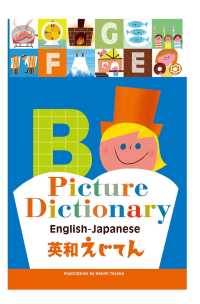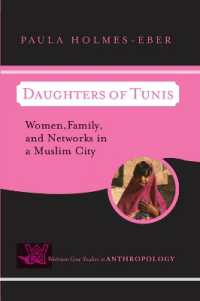Full Description
The first decade of the twenty-first century finds the American people divided along a great, half-century-old fault line. On one side stand Traditionalists who understand human existence and glory (joys and sorrows) as defined by a western religious heritage, an existence circumscribed by tragedy. On the other side stand Secularists who reject the western tradition and its moral absolutes (even though they continue to espouse values that arose out of the West) and look forward to a world of ever-expanding personal freedom from societal restraints and old human weaknesses, a world wherein mankind will finally achieve total well-being For fifty years, Traditionalists and Secularists have been arguing over religion and their very different understandings of the meaning of freedom. Does the old religion, the western tradition as manifested in the United States, sustain and strengthen freedom or does it circumscribe freedom so much that religion destroys freedom?
Contents
Chapter 1 Introduction Chapter 2 Freedom in Religion: Contemporary American Traditionalists' Understanding of National Culture and Government Chapter 3 Freedom from Religion: America's Newest Left, the Secular Ideologues, and their Vision of a New National Culture and Government Part 4 The Evil of a National Identity Part 5 The Old Construct Part 6 New Constructs Part 7 An Amalgamation of Group Anarchists Part 8 The Political Power of the Secular Ideologues Part 9 Quo Vadis Chapter 10 Notes








